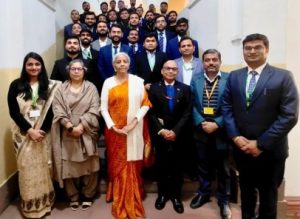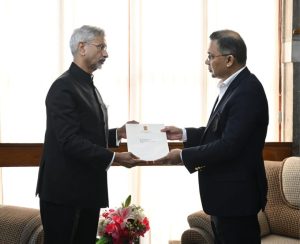Lack of reforms ails Railways; silos mindset mars national transporter

By Manish Anand
New Delhi, June 5: A week before the Balasore rail mishap, Union Minister of Railways Ashwini Vaishnaw was fixated about a negative report in a national daily, complaining the “negative mindset” of the concerned reporter, as the reportage contested speed claims of the highly decorated and feted Vande Bharat trains.
Seasoned observers of the Railway Board are of the view that the Ministry by resorting to media management blanked out critical scrutiny of the functioning of the national transporter. Railway Board is a powerful body that sits at the top of the rail hierarchy and is principally mandated for policy formulation.
While Suresh Prabhu was the Minister for Railways had almost three years of tenure between 2014 and 2017, Railway Board reform topped the discourse. The Railways being principally a transporter function in silos, with nine cadres catering to their territories. Unification of the cadres was one agenda that outlived Prabhu, and since his ouster the Railway Board reform was also given a silent burial.
The Central government constituted a Rashtriya Rail Sanraksha Kosh (RRSK) with Rs one lakh crore corpus for five years in 2017, Rs 20,000 crore annually – Rs 15,000 crore from the gross budgetary support and Rs 5000 crore from internal accrual of the Railways – to be spent during five years. This fund has been given another five years of extended time frame, while Railways claims to have spent more than Rs one lakh crore on safety works.
From the account of the Ministry of Railways, almost sixty per cent of the fund under RRSK has been spent for track renewals, while rest of the fund has been spent for various other works such as construction of the road over bridges, road under bridges (rail line crossing used to be a major cause of accidents and deaths of tracks previously), signaling, etc.
The initial finding in the Balasore rail mishap, which left 275 passengers dead and over 1000 injured, was caused by signal malfunction. The anti-collision device, called Kawach, alleged Congress president in his letter to Prime Minister Narendra Modi, covers not more than eight per cent of the rail routes despite having been designed and tested as long back as 2012.
The Comptroller and Auditor General of India in its reported tabled in Parliament submitted that 69 per cent of the rail accidents were on account of derailments during 2017-21. Kharge in his letter also accused that not more than eight to 10 per cent of the rail accidents are probed by the Commissioner of Rail Safety (CRS), which functions under Civil Aviation but is served by railway officials only.
The available data points to silos mindset of the Railways for unabated mishaps and loss of lives. The singular focus in the recent years has been on stepping up revenue by running branded trains such as Vande Bharat, Tejas, and others, and the consequent focus has been on track renewals that explains almost 60 per cent of safety funds being spent under one head.
Railways for years has been running short of safety personnel and the trend has been to outsource works on the ground. Also, modernization and transformation of railways (as Suresh Prabhu would say either this would be achieved or he would be out of the Rail Bhavan) remains lopsided, because areas of concerns such as safety of coaches and their vulnerability to derail never get due attention, as the focus is now on running branded trains and electrification of tracks.






